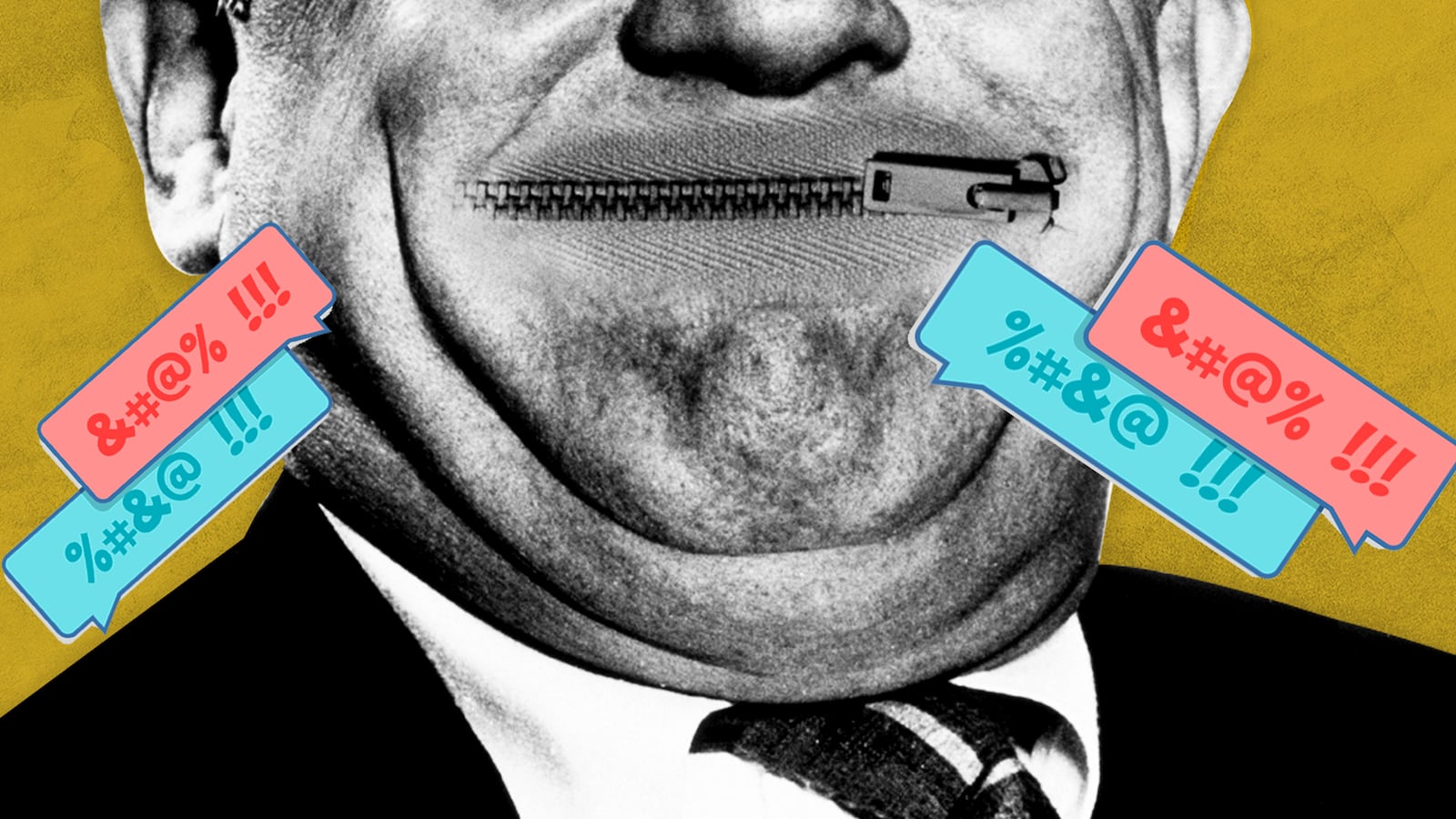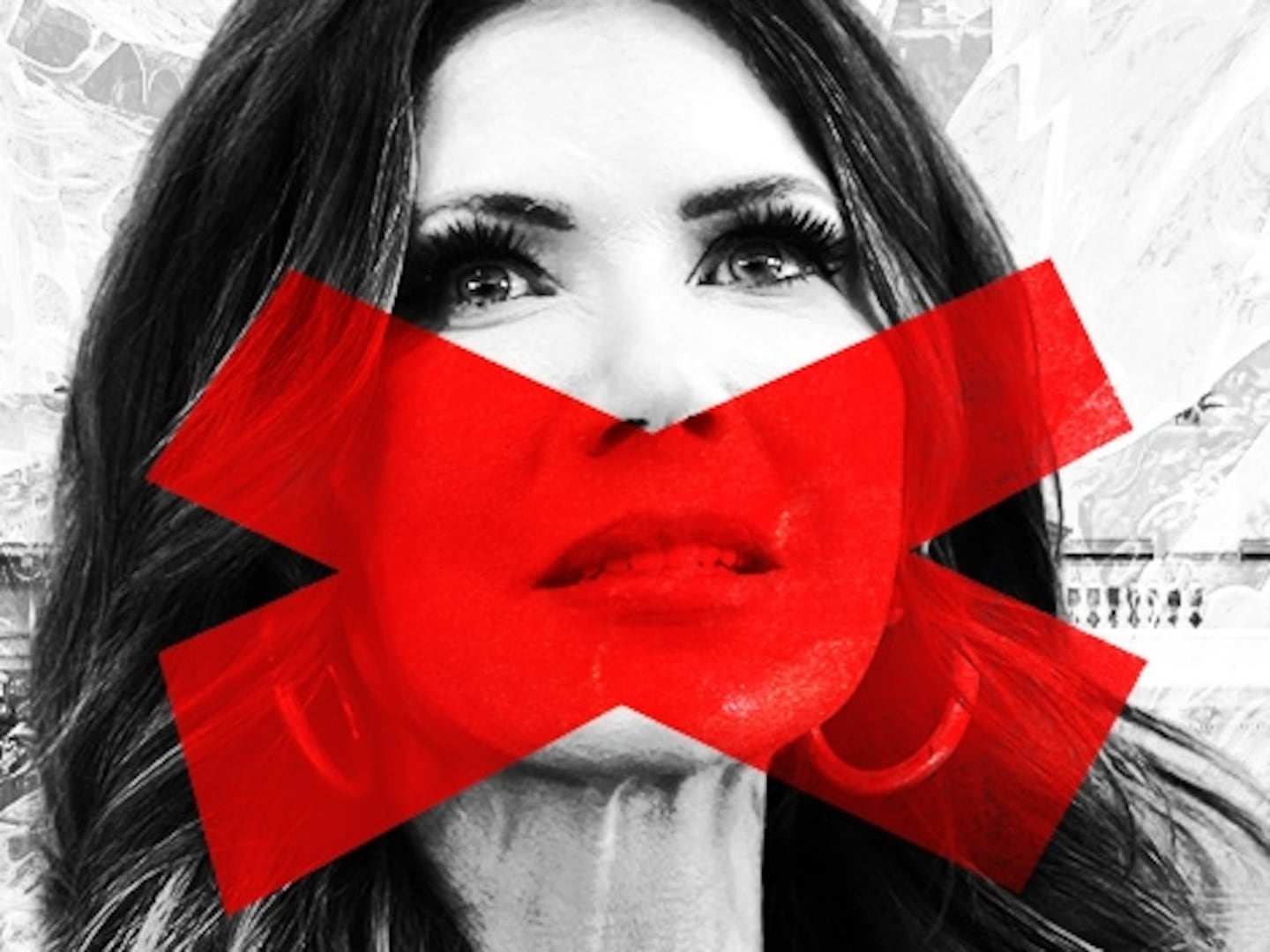Throughout U.S. history, crusaders for racial and social justice have opposed empowering government to suppress ideas that are hateful or hated, in part because their own ideas have been targeted as such. Indeed, current critics of “Black Lives Matter” have attacked its advocacy as “hate speech.”
The term “hate speech” is not a legal term of art, with a specific definition. Its most generally understood meaning is expression that conveys hateful or discriminatory views against specific individuals or groups, particularly those who have historically faced discrimination. Many people also have hurled the term against a diverse range of messages that they reject, including messages about important public policy issues. Moreover, too much rhetoric equates “hate speech” with violent criminal conduct. For example, college students complain that they have been “assaulted” when they are exposed to ideas that offend them. This false equation between controversial ideas and physical violence fuels unwarranted calls for outlawing and punishing ideas, along with violence.
To be sure, campuses and other arenas in our society must strive to be inclusive, to make everyone welcome, especially those who traditionally have been excluded or marginalized. But that inclusivity must also extend to those who voice unpopular ideas, especially on campus, where ideas should be most freely aired and debated. Encountering “unwelcome” ideas, including those that are hateful and discriminatory, is essential for honing our abilities to analyze, criticize, and refute them. On that point, I would like to invoke the inaugural convocation address by Ruth Simmons, Brown University’s president from 2001 to 2012, the first African-American president of any Ivy League university, and Brown’s first female president:
“You know something that I hate? When people say, ‘That doesn’t make me feel good about myself.’ I say, ‘That’s not what you’re here for’... I believe that learning at its best is the antithesis of comfort. [I]f you come to this [campus] for comfort, I would urge you to walk [through] yon iron gate... But if you seek betterment for yourself, for your community and posterity, stay and fight.”
Hate is a large problem, which has undermined the safety, equality, dignity, and well-being of too many individuals and groups, and we must resist it vigorously and effectively.
While censorship of hateful messages might appear to be a common-sense strategy for doing so, the actual record of such censorship, throughout history and around the world, shows that it is at best ineffective and at worst counterproductive. That is why so many hatemongers—from the Nazis in Germany to the neo-Nazis in Charlottesville—provoke and welcome efforts to silence them, in order to increase the attention and support they receive.
In contrast, robust free speech—including through demonstrations, counterprotests, advocacy, education, and counseling—has a solid track record of advancing the essential causes of equality, diversity, inclusivity, individual well-being, and societal harmony. Many forms of such “counterspeech” effectively counter the prevalence and potential adverse impact of hateful speech—for example, by refuting hateful messages, affirming the equality and dignity of disparaged people, and dissuading actual and potential supporters of hatemongers.
Consistent with the fundamental “viewpoint neutrality” principle, government may not punish “hate speech” (or speech conveying any particular point of view) merely because some of us—even the vast majority of us—consider its views or ideas objectionable or even abhorrent. Viewpoint-based restrictions pose the greatest danger to the core value underlying the First Amendment: our right as individuals to make our own choices about what ideas we choose to express, receive, and believe. Because they distort public debate, viewpoint-based regulations are also antithetical to our democratic political system. Additionally, they violate equality principles because, reflecting majoritarian political pressures, they generally target unpopular, minority, and dissenting views and speakers.
Censorship of “hate speech” is also unjustified by the generalized fear that it might indirectly contribute to future negative conduct by some people who hear or read it. Rather, government may punish speech only when it directly causes specific, imminent serious harm—for example, by satisfying the Supreme Court’s appropriately strict tests for constituting a punishable threat, incitement, or harassment. Moreover, the court has rebuffed the “hecklers’ veto,” not permitting government to censor speech when its opponents threaten violence. Not coincidentally, the court forged these speech-protective principles in the cauldron of the civil rights movement; many officials sought to justify suppressing its advocacy by citing potential harms not directly caused by the speakers, including feared violent reactions by its opponents.
Censorship based on speech’s feared indirect harmful potential licenses officials to suppress whatever views or speakers are controversial in their communities. Given the divergence of public opinion from one community to the next, “hate speech” laws inevitably endanger views across the political spectrum. Journalist Glenn Greenwald illustrated this pattern with recent experiences under European “hate speech” laws, in an essay entitled, “In Europe, Hate Speech Laws Are Often Used to Suppress and Punish Left-Wing Viewpoints.”
Just as “hate speech” is, alas, abounding, so too are resources for countering it, with a wealth of information that empowers all of us to speak up for ourselves, if we are disparaged, and for others whom such speech targets. Many human rights activists around the world maintain that such “counterspeech” is actually more effective than censorship in countering the potential harm to which “hate speech” is feared to contribute. Especially positive is the increasing counterspeech we have been hearing from members of groups who have been disparaged by “hate speech,” as well as from many other community members and leaders.
This rising resistance to hateful words and deeds through the force of free speech—while also resisting the force of either censorship or violence—has been encouragingly evident in the face of demonstrations by the “alt-right” and similar groups. We have witnessed a remarkable bipartisan outpouring of speech and peaceful demonstrations that have denounced hateful ideologies and violence, and that have celebrated our nation’s renewed commitments to equality, inclusivity, and intergroup harmony. This counterspeech chorus reaffirms the First Amendment’s essential role in promoting these fundamentals goals.
In sum, we don’t have to choose between civil rights and civil liberties, or between equality and free speech. My fondest hope is that even more of us will continue to raise our voices in support of all these essential, mutually reinforcing, causes.






